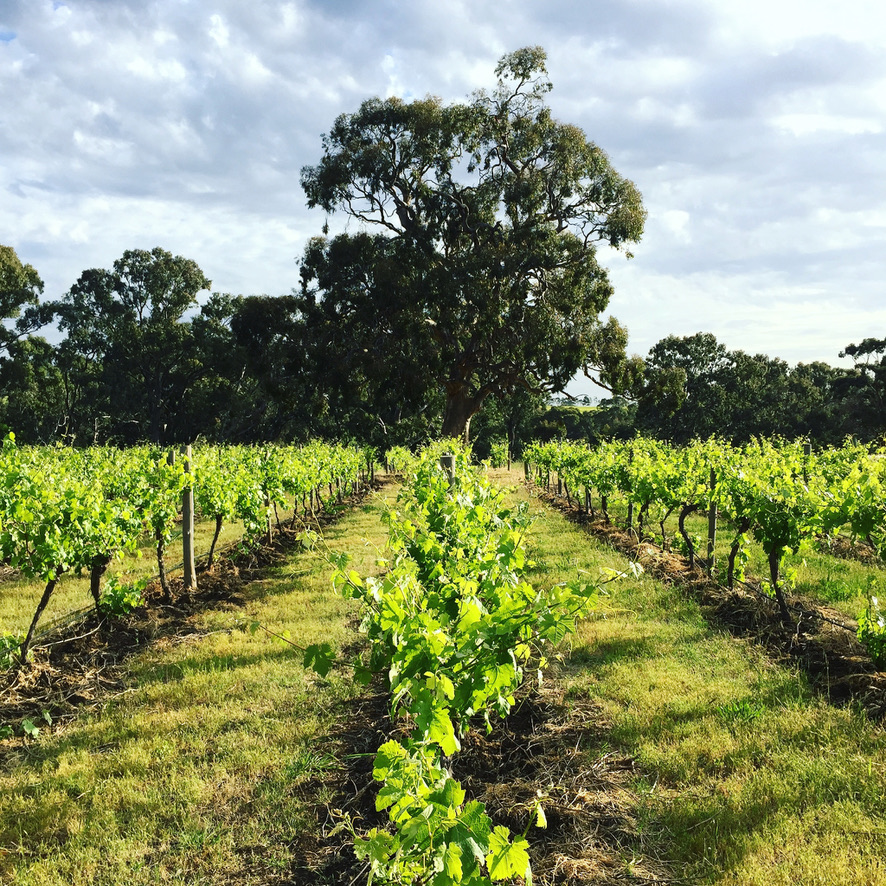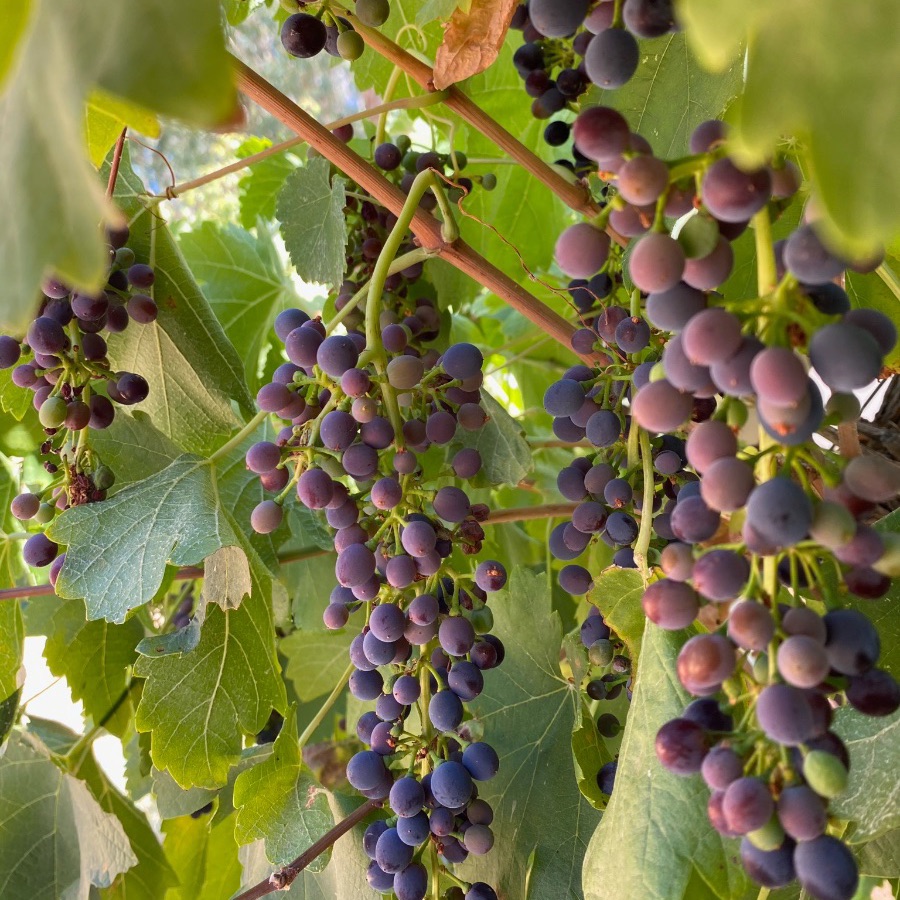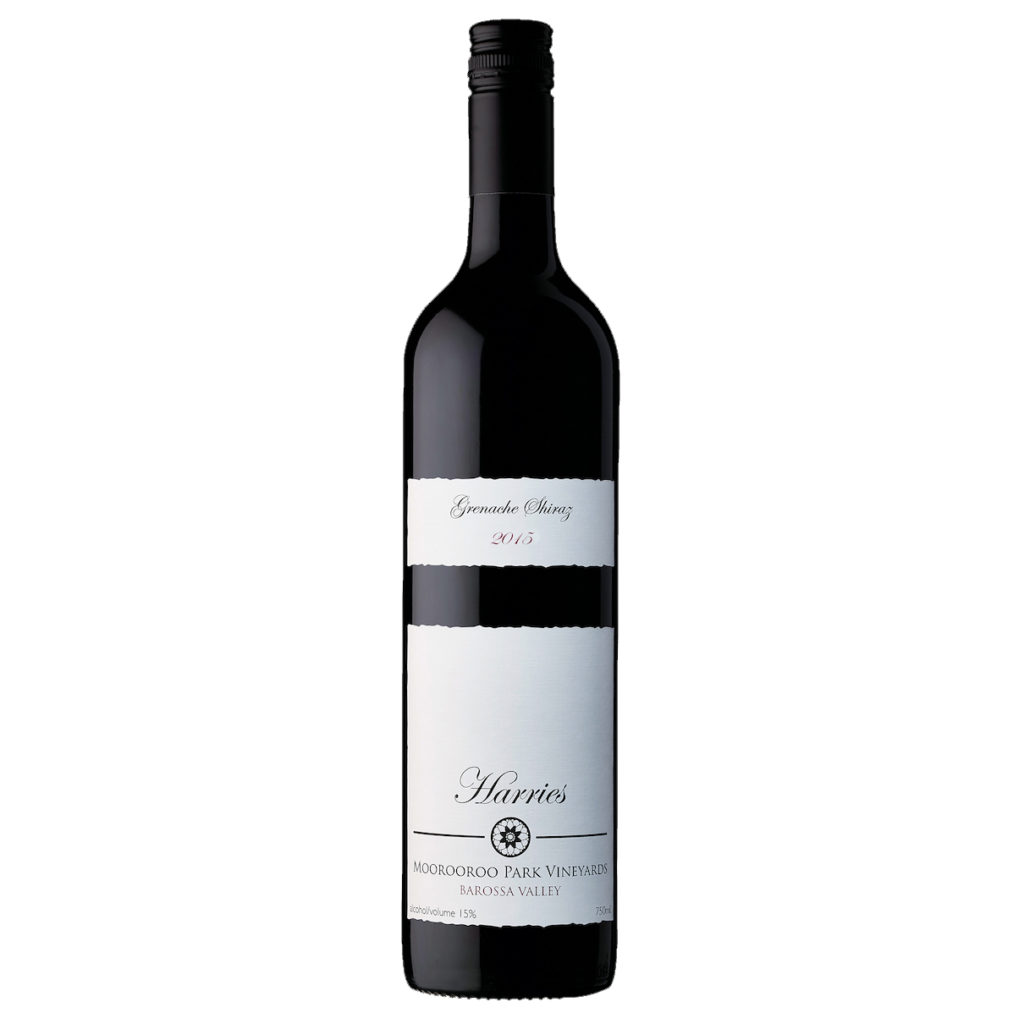
Community, hard work and Wurst
Our proud home the Barossa Valley is Australia’s largest producer of fine wines, our history dates back over 170 years and our passion for both tradition and innovation is boundless.
The history of the Barossa is twofold. The legacy of the British gentry is seen in icons like Pewsey Vale established by Joseph Gilbert in 1847, Yalumba founded by Samuel Smith in 1849 and the town Angaston named for George Fife Angas. On the other hand are German-speaking Lutheran migrants from Prussia, such as Joseph Seppelt who established Seppeltsfield in 1851, Johann Gramp who established Orlando in 1847 and Samuel Nitschke who settled on our Krondorf property in 1838 and established the first iteration of Moorooroo Park Vineyards. The impact of Germanic migrants is still seen today “including a sense of community, an appetite for hard work, and a taste for Wurst and Riesling.” (The World Atlas of Wine)
Our rich legacy includes some of the worlds oldest vines. Most of them grown as bush vines, laying deep-rooted on unirrigated soil. These vines produce some of the best examples of our very own, world-famous wine style, Barossa Shiraz. Lucious elixirs that are chocolaty, spicy and deeply fruit-driven, often aged in American oak to infuse a sweet smoothness these wines are imbued with a sense of place that is uniquely Barossa.
Shiraz is not the only variety that enjoys the hot Barossa days and cool nights, Cabernet Sauvignon, Grenache, Chardonnay and Semillon are the next most grown varieties. We also produce wines from ancient vines of these varieties, notably, our Grenache vines are amongst the oldest in the world. Most of these vineyards have been tended by the same families for generations.
We are home to world-renown icons, but with 217 wineries calling Barossa home, there’s truly a place for everyone. Some Barossa winemakers are 6th generation stalwarts, preserving proud tradition, and seizing the opportunity for innovation that is found in New World regions. The ‘new gun’ winemakers in the Barossa love to play with alternative varieties and are producing world-class examples of lesser know wine varieties while being conscientious of their impact on the land and paying particular attention to sustainability.
Subregions in the Valley are being utilised to create distinctive examples of wines that are impacted by soil type and microclimate. While most Barossa wineries produce some single-vineyard wines there are smaller producers, like us, that are producing exclusively single-vineyard wines. These are wines of distinction that are snapshots of history in a bottle, deeply reflective of each year they are produced.
The culmination of almost two centuries of passion, innovation and community are keenly felt in the Barossa today. On a visit to the Barossa, you’ll experience old fashioned hospitality and the opportunity to taste wines that speak to tradition, wines that celebrate the present and the bleeding edge of wine innovation that will become our future.
– Wine Australia. “Regional snapshot 2020 – Barossa Valley“. January 2021.
-Halliday. “The Barossa, South Australia“. https://www.winecompanion.com.au/wineries/south-australia/barossa-valley. 2021.
-Wine Australia. ” WINE TOURISM SNAPSHOT Year ending September 20“. 28 January 2021.
-“The Oxford Companion to Wine”. Jancis Robinson and Julia Harding. Oxford University Press. 2015.
-“The World Atlas of Wine”. Hugh Johnson & Jancis Robinson. Mitchell Beazley, 2019.

In Bottle
As an example of two of the Barossa Valley’s signature wine varieties, Grenache and Shiraz, the 2015 and 2014 Harries Grenache Shiraz are standouts. There are just a few bottles of each remaining.

